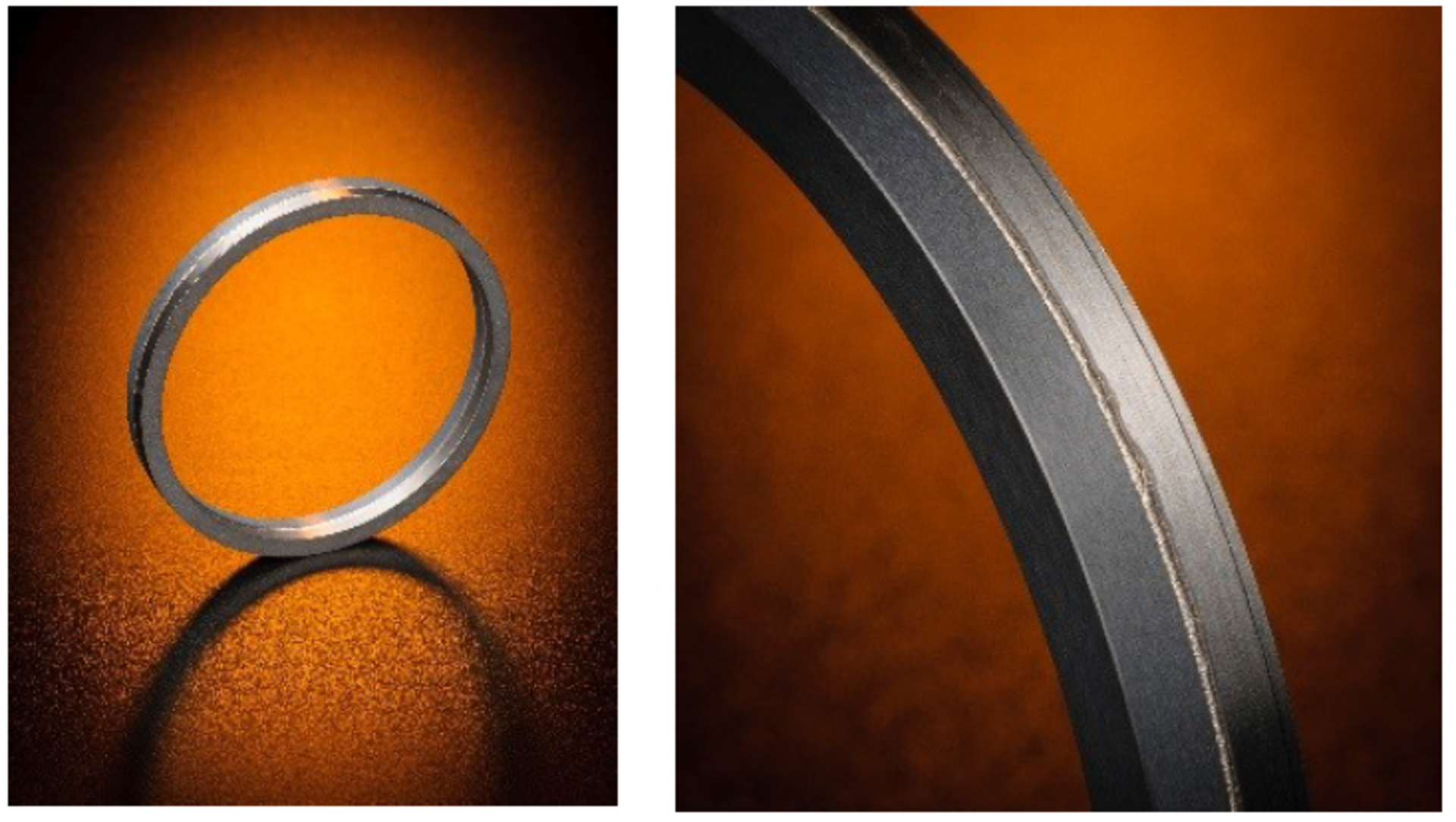Solid state joining of metallic and non-metallic materials
A new activity with TDE, Omnidea in Portugal and Germany, TWI and Airbus in the UK, has investigated whether or not solid state joining techniques can be applied to advanced material combinations.
As both metallic and non-metallic high performance materials become more available for space applications traditional means of bonding them, such as welding or adhesives may not always be suitable.
Taking to account the consortium’s expertise, the most promising technologies, material combinations and application were identified. Eligible applications included metal to non-metal transitions, with either no suitable joining technology or where performance gains could be expected.
The activity achieved two successes. First, they found it was possible to successfully join Siliciumnitride to two different alloys by using vacuum brazing (as seen in the image above). Next a carbon-fibre reinforced polymer (CFRP) strut was successfully joined to an aluminium end fitting through magnetic pulse welding.
While the joining process of the CFRP strut to the aluminium end fitting can be done in a very short time and avoids any kinds of adhesives, the material combination of joining siliciumnitride to the titanium alloy, Ti6Al4V, or the niobium alloy, C103, for thruster applications is very challenging to achieve in any other way.
T724-401QT completed in 2020.















 Germany
Germany
 Austria
Austria
 Belgium
Belgium
 Denmark
Denmark
 Spain
Spain
 Estonia
Estonia
 Finland
Finland
 France
France
 Greece
Greece
 Hungary
Hungary
 Ireland
Ireland
 Italy
Italy
 Luxembourg
Luxembourg
 Norway
Norway
 The Netherlands
The Netherlands
 Poland
Poland
 Portugal
Portugal
 Czechia
Czechia
 Romania
Romania
 United Kingdom
United Kingdom
 Slovenia
Slovenia
 Sweden
Sweden
 Switzerland
Switzerland


























